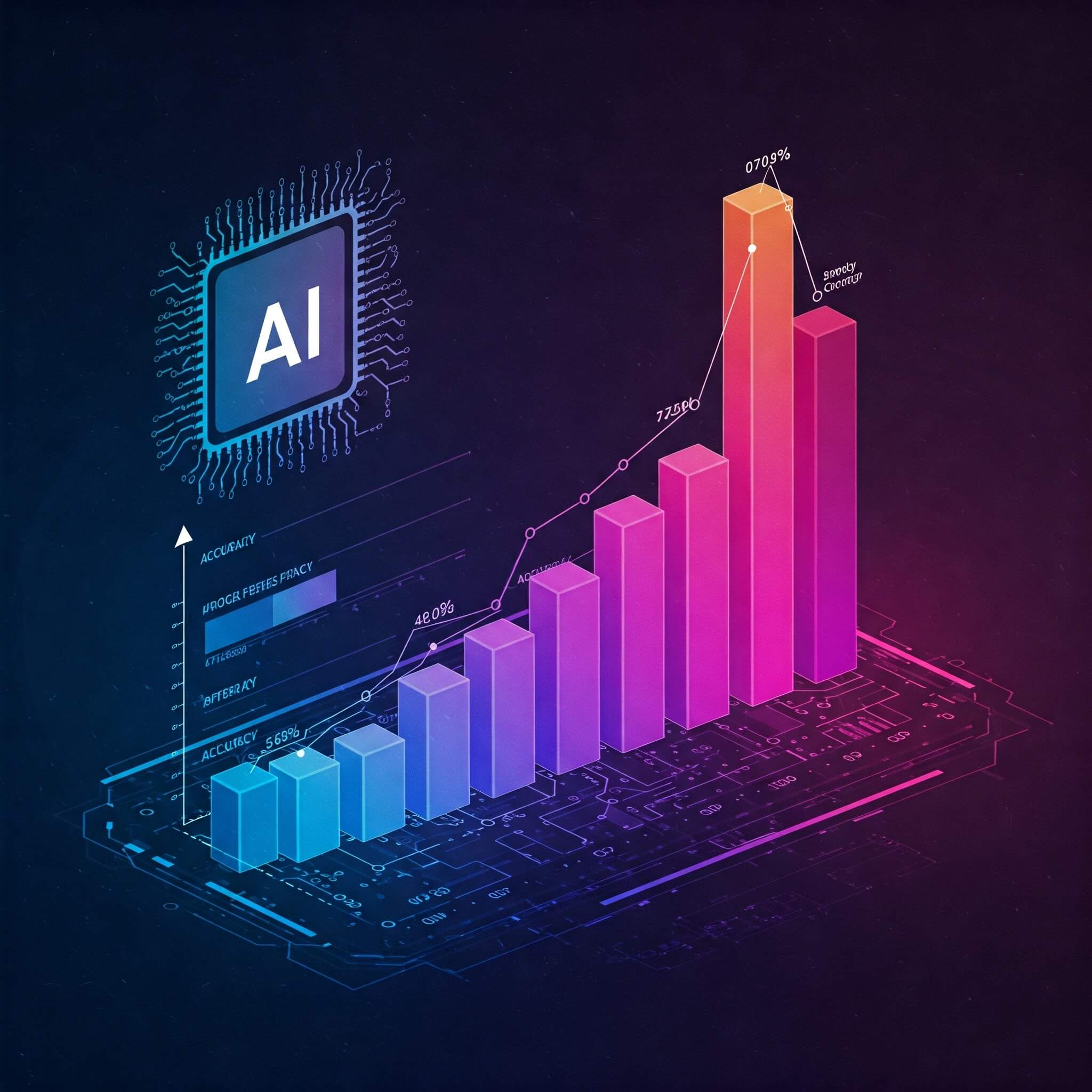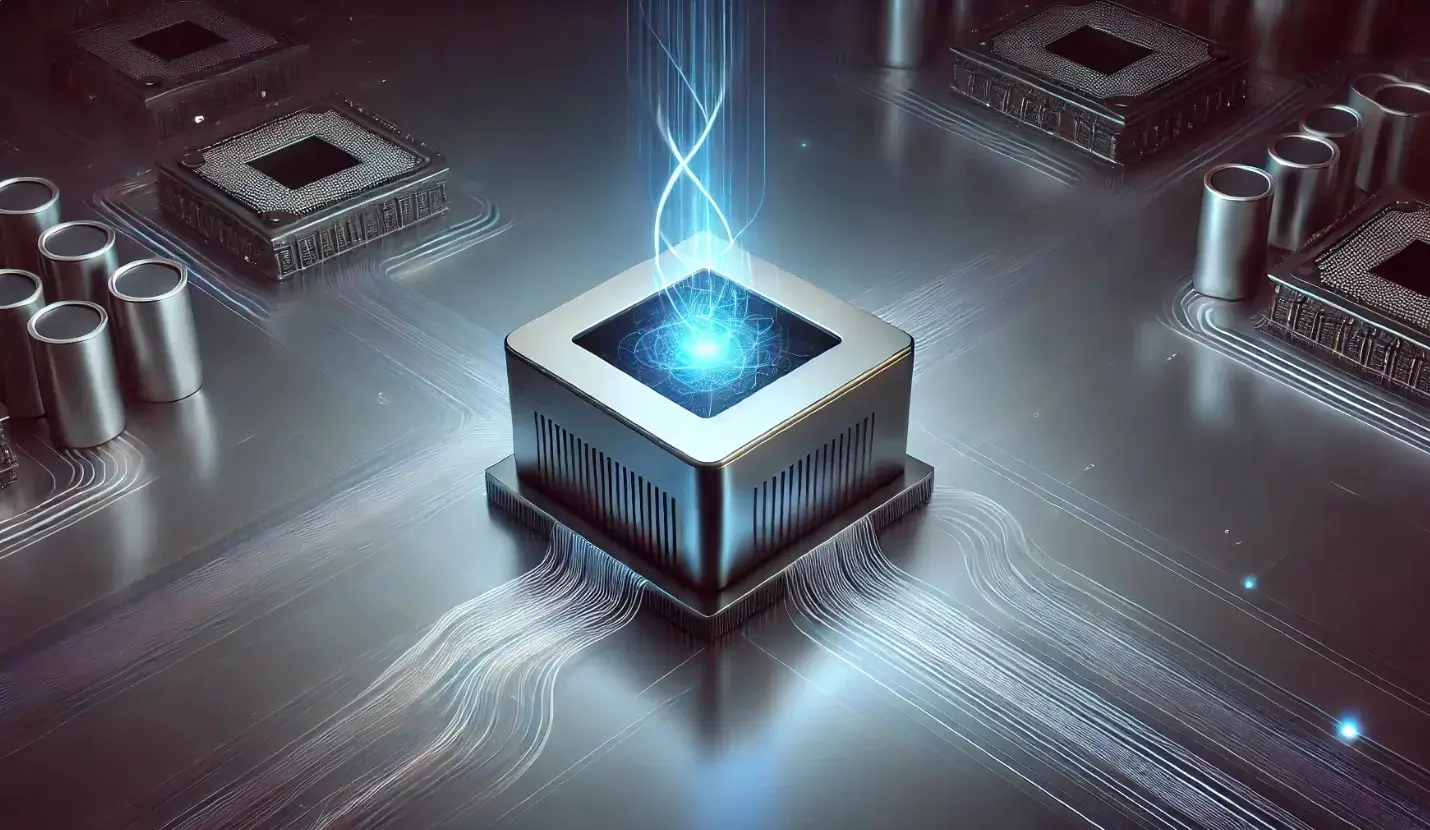Artificial intelligence's relentless march forward is increasingly bottlenecked by a fundamental challenge: the energy-intensive nature of moving data. Traditional computer architectures struggle to keep pace with the demands of ever-larger AI models, leading to increased power consumption and slower processing speeds. However, recent breakthroughs in 3D chip design, leveraging the power of light, promise to revolutionize AI hardware and unlock unprecedented levels of performance and efficiency.
Researchers at Columbia Engineering have recently unveiled a novel 3D photonic-electronic chip that directly addresses AI's energy and bandwidth limitations. This innovative design combines the speed and efficiency of light-based data transmission with the processing capabilities of conventional CMOS (complementary metal-oxide-semiconductor) electronics. The result is a powerful platform capable of moving vast amounts of data with significantly reduced energy consumption, paving the way for smarter, more capable AI systems.
The core of this breakthrough lies in the integration of photonics – the science and technology of light – into the chip architecture. Instead of relying on electrical signals to transmit data, which inherently generates heat and consumes power, this new chip uses light to shuttle information between different components. Light travels much faster than electrons and doesn't produce heat, making it an ideal medium for high-speed, energy-efficient data transfer.
This 3D chip design overcomes the limitations of traditional 2D chip layouts, where data has to travel longer distances across the chip surface, consuming more energy and time. By stacking multiple layers of photonic and electronic components vertically, the 3D architecture significantly reduces the distance data needs to travel, leading to faster processing and lower power consumption. This vertical integration also increases the density of components on the chip, allowing for more processing power in a smaller footprint.
The implications of this technology for AI are profound. By breaking through the energy and bandwidth bottlenecks that currently constrain AI development, this 3D chip design enables the creation of AI systems that are not only faster and more powerful but also more energy-efficient and sustainable. This is particularly crucial for applications like autonomous vehicles, massive AI models, and edge computing devices, where energy efficiency is paramount.
Several companies and research institutions are also making strides in photonic chip technology. Lightmatter, for example, is developing 3D-stacked photonic chips that use light as their primary source, consuming significantly less power and offering 10x greater bandwidth for interconnect performance. Their chips are designed to help data centers meet the demands for large language models (LLMs) while consuming 90% less power. Other companies like CogniFiber, Neurophos and Salience Labs are also developing innovative photonic solutions for AI, promising faster AI inference, reduced energy consumption, and improved efficiency.
The integration of silicon photonics with 3D chip stacks is gaining traction as a solution to communication barriers. By using light for data transmission, silicon photonics offers significantly higher bandwidth with less power consumption. Researchers are actively working on integrating silicon photonics within 3D chip stacks to enable ultra-fast communication between different layers and components, revolutionizing data center interconnects.
MIT has also developed a method for stacking electronic layers to create faster, denser, and more powerful computer chips. This technology has the potential to exponentially increase the number of transistors on chips, paving the way for more efficient AI hardware. Their 3D stacking method increases transistor density and enhances semiconductor efficiency, addressing the limits of traditional planar designs.
The development of 3D chips that use light to boost AI performance represents a major step forward in AI hardware. By overcoming the energy and bandwidth limitations of traditional architectures, these new chips promise to unlock unprecedented levels of AI performance and efficiency. As the demand for AI continues to grow, these innovations will play a crucial role in enabling the development of smarter, more sustainable AI systems that can address some of the world's most pressing challenges.

















